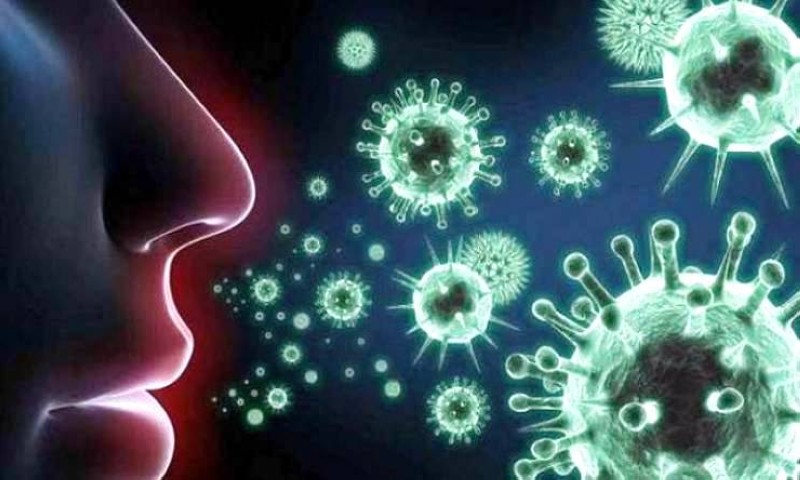
Maybe you’ve developed a mild cough and runny nose, and it’s causing you to go into a full-blown panic attack. That’s understandable, especially now, when coronavirus disease 2019 (COVID-19), the disease caused by SARS-CoV-2, is a constant worry. It’s important to remember that as concerning as COVID-19 is, roughly 80% of people recover from the disease without needing special treatment.
Many of the most common COVID-19 symptoms are commonly seen in other illnesses, like the flu, the common cold or seasonal allergies such as hay fever (see Table 1).
Since the coronavirus is new, many of the signs and symptoms of this virus are still surfacing. It appears the initial coronavirus symptoms appear within the first 2 to 14 days. The most common ones — fever, cough and shortness of breath — are well-known and expected features, and also occur with other respiratory coronaviruses such as Severe Acute Respiratory Syndrome (SARS) and Middle East Respiratory Syndrome (MERS). Symptoms of COVID-19 are usually mild and start gradually. Although fever, cough, shortness of breath and fatigue are frequent symptoms, not everyone is painting the same picture. Some features, like diarrhea and headache, may occur less frequently.
Children may exhibit a different set of symptoms or no symptoms at all.
Other hints, like loss of smell, taste changes, or pink eye, are newly described features in case reports.
Does everyone show COVID-19 symptoms if they have this virus?
No, it seems not everyone who is infected with coronavirus is exhibiting symptoms, which might make it hard to control this outbreak. In children, the symptoms may be so mild that no one knows they are infectious at all.
Those without symptoms may be able to transmit COVID-19 disease to others, and that’s another reason why staying at home, keeping at least 6 feet of social distancing, using a cloth face mask in public (if you must go out), and frequent and thorough hand washing are so important. This can’t be overstated enough.


